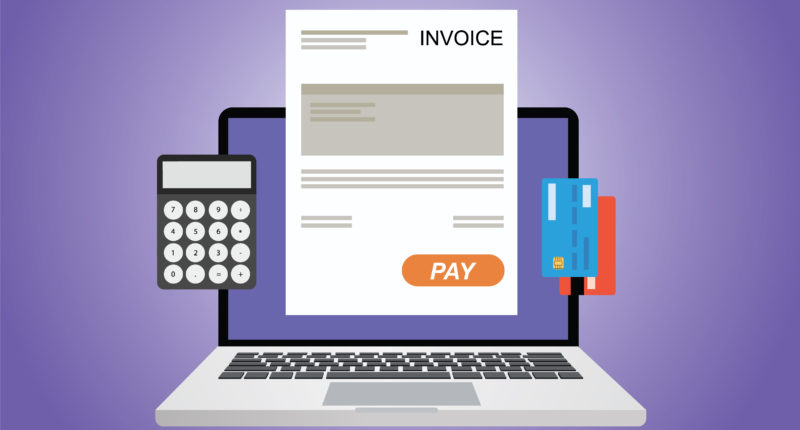The CBIC has notified a revised format of e-invoice on the 30th of July, 2020 through CGST notification 60/2020. Also, the government has previously announced that the e-invoicing system will be implemented from the 1st of October, 2020 across India.
The system will initially apply to those GSTINs with an aggregate turnover of more than Rs 500 crore in a financial year. It was increased from the previous limit of Rs 100 crore or more.
The latest e-invoice format notified on the 30th of July, 2020 has a total of twelve sections and six annexures. A standard e-invoice has a cumulative of 140 fields, most of which are optional. Out of the twelve sections, five are mandatory, and seven are optional. Two annexures are made compulsory.
The five mandatory sections include ‘Basic Details’, ‘Supplier Information’, ‘Recipient Information’, ‘Invoice Item Details’, ‘Document Total’. The two mandatory annexures are details of the items and total documents.
The revised e-invoice format can be compared with the original version notified on the 1st of January, 2020 vide CGST notification 02/2020.
Firstly, the length of the field of Invoice Reference Number (IRN) has been increased from 50 to 64 characters. IRN is a unique reference number for every invoice reported by the supplier, using APIs, to the GSTN’s e-invoice portal or Invoice Registration Portal (IRP). The supplier shall not declare this as input while uploading invoice details, as IRN is the end-result generated after IRP validates the invoice details. But when the supplier issues an invoice to his buyer, every invoice must compulsorily consist of a unique IRN created by the IRP.
Also Read: CBIC Notified Higher Threshold limit of Rs 500 crore for GST e-Invoicing
Secondly, a newly added mandatory field is the recipient’s place, being the location of village/town/city with a maximum character length of 100. Some optional fields newly added are ‘Total Invoice Value in FCNR’ (any additional currency), bifurcation of cess into ad-valorem and non-ad-valorem components, and an e-way bill related field ‘Vehicle_Type’ to choose either the regular or the over-dimensional cargo.
Furthermore, export-related information such as shipping bill number, date, ‘Supplier_Can_Opt_Refund’, export duty amount, and the country code of export are newly added as optional fields. The date of advice for the advance received, and whether or not IGST applies despite the supplier and the buyer sharing a joint state/UT, are the new optional fields.
Further, around thirteen fields are removed in the revised format. These are ‘ECOM_POS’, ‘Tax_Total’, ‘Sum of invoices line net amount’, the sum of charges at document-level, ‘Pre-tax detail’, ‘Invoice_Allowances_or_Charges’, ‘SubsupplyType’, ‘TransactionMode’, ‘Serial Number in case of each item having a unique number’, and further information of pre-tax.
There are specific existing fields which are now made optional. These are quantity of goods as per the invoice, amount of invoice paid and the amount that stands due.
Likewise, there are specific fields which have been converted from optional to mandatory.
The users must mention whether the supply is service or not. Even the HSN code of a maximum length of eight digits must be compulsorily specified. For several fields, the character length has been increased from fifty to one hundred. In contrast, few others have different limits of decimal places.
The changes have been made based on the feedback given by ICAI, tax and industry experts. Overall, the e-invoice format newly notified is exhaustive and a better-refined version of the earlier format. The new return system is not being implemented. Therefore, it is to be seen how soon the GSTN links the e-invoicing system with the e-way bill system and present the return system for taxpayers’ convenience.
For any clarifications/feedback on the topic, please contact the writer at annapoorna.m@cleartax.in
Annapoorna, popularly known as Anna, is an aspiring Chartered Accountant with a flair for GST. She spends most of her day Singing hymns to the tune of jee-es-tee! Well, not most of her day, just now and then.





